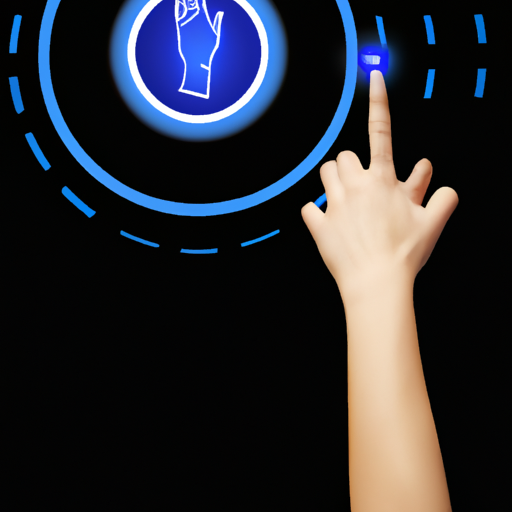In recent years, gesture recognition has emerged as a transformative technology that is reshaping the way we interact with computers and devices. This innovative technology allows users to control systems through hand movements and gestures, eliminating the need for traditional input methods like keyboards and mice.
As we delve deeper into the world of gesture control, it is essential to understand its significance across various sectors. From gaming and virtual reality to healthcare and smart home devices, gesture recognition is setting the stage for a new era of human-computer interaction.
Latest Advancements in Gesture Recognition
Recent advancements in gesture recognition technology have made it more accurate and versatile. Companies are leveraging machine learning algorithms and advanced sensors to improve the detection of complex gestures. This enhances user experiences by allowing more intuitive and natural interactions.
Applications Across Industries
1. Gaming: The gaming industry is one of the earliest adopters of gesture control. Platforms like Microsoft Kinect and VR systems utilize gesture recognition to create immersive experiences. Players can physically engage with the game, enhancing their overall enjoyment.
2. Healthcare: In healthcare, gesture recognition is revolutionizing patient interaction with medical devices, enabling hands-free control in sterile environments. Surgeons can manage equipment without compromising their hygiene protocols.
3. Smart Home Technology: Gesture recognition is also becoming a standard in smart home systems. Users can control lights, thermostats, and other devices with simple hand motions, providing convenience and accessibility.
Challenges and Future Prospects
While the future of gesture recognition appears bright, several challenges remain. Ensuring accuracy in different environments and accommodating diverse user needs are crucial for widespread adoption. However, ongoing research and development could soon address these issues, paving the way for more sophisticated applications.
In conclusion, as gesture recognition technology continues to evolve, it promises to enhance user interfaces and revolutionize how we interact with technology. The coming years will likely see increased integration across various fields, making it an essential topic for tech enthusiasts and industry leaders alike.
Stay tuned for more updates on the latest trends in gesture recognition technology and its incredible potential to transform our daily lives!




